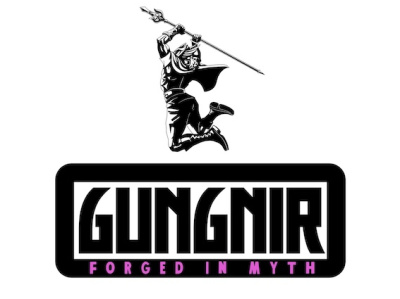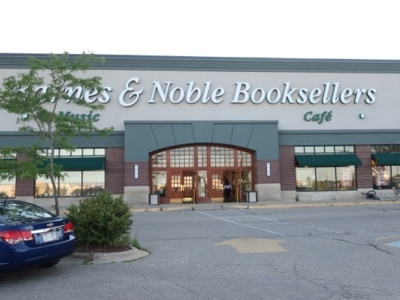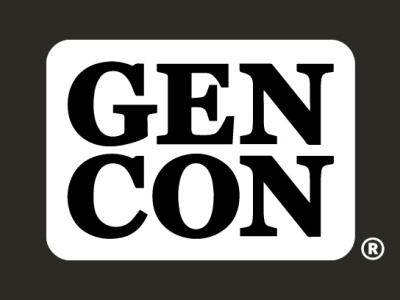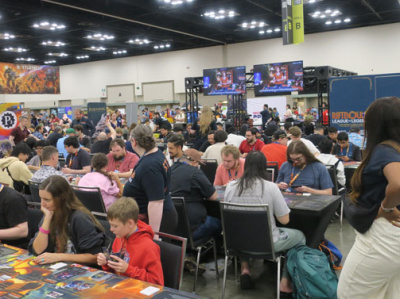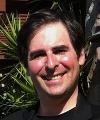 I was hoping that time would mellow my judgment, but three days after returning from this year’s San Diego Comic-Con, I am now more certain than ever: this year’s show was just about perfect.
I was hoping that time would mellow my judgment, but three days after returning from this year’s San Diego Comic-Con, I am now more certain than ever: this year’s show was just about perfect.I can’t tell you how much it pains me to write those words. As a lifetime contrarian and someone with specialized tastes even for a nerd, I live in fear that my seal of approval is the kiss of death, commercially speaking, for anything intended for broader consumption. Music groups disband when I proclaim my affection for them. Products vanish from the store shelves as soon as they make their way onto my weekly shopping list. The only "New 52" titles I read regularly were Blackhawk and All-Star Western!
And so I am concerned when I consider how well-balanced and thoroughly enjoyable I found this year’s Con. SDCC once again maxed out its attendance, so the crowds, technically speaking, were as big as ever, but I personally found the level of intensity a few notches short of the all-out frenzy that characterized the last few years.
A more quiet riot. I saw reports that the Hall H line was crazy-long at some point early Saturday morning but most of the time I passed by the tents, they were mostly empty and at one point on Friday, it was possible to walk right in to get a seat. Same with Ballroom 20 on at least a few occasions.
In the exhibit hall, even the central sections were passable at most hours of the day, and the crowds seemed evenly distributed and fairly heavy through the hardcore comics and art sections of the floor. Apparently publishers did well, back issue dealers not so much. To me, it seems like a good thing that the comics market is now clearly more commercially oriented toward the future than the past, although I’ll miss the collectibles tables if they end up disappearing.
Diary of an Oddball Fan. In terms of day-to-day events, the schedule seemed to have something for everyone. A few highlights from my personal Con:
- Francois Shuiten and Benoit Peeters (Obscure Cities series). For over 30 years, these guys have been doing genius work that people will be reading centuries from now, and this year was their first trip to SDCC since 1996. Amazing to hear them speak, although it was embarrassing that the room was mostly empty.
- The Eisner Awards. I may be biased since my wife is part of the staff, but this year’s Friday evening gala was the best in years, possibly ever. A professional production crew tightened up the staging and presenter banter, putting the spotlight on the recipients--many of whom gave amazingly heartfelt (and succinct) acceptance speeches. So glad to see people treating these awards as the honor that they are.
- The Jim Steranko Experience. Sure, he’s long been a caricature of himself (redeemed by the fact that he knows it, and he knows we know it) and he’s been telling the same stories about the same 30 books he worked on for the past 40 years, but how many more chances will we get to hear them delivered in person, with his unique gravitas?
- Various Creator Spotlights. This year’s Special Guest list was an embarrassment of riches for those of us with obscure tastes. I enjoyed hearing David Lasky, Michael T. Gilbert and Batton Lash (who I had the pleasure of interviewing) and regret missing out on several others.
- Full spectrum digital programming. There were at least a dozen panels on various aspects of digital publishing, from creation techniques to new platforms to Q&A sessions with the leading companies. This is now clearly a mainstream part of the Con program and not a novelty, reflecting the normalization of digital publishing and distribution within the industry.
My only disappointments? Jules Feiffer had to cancel because of health (hope he’s ok), and no Doctor Who this year. After ignoring that franchise for 50 years, my wife and I have been binge-watching both new and vintage episodes, and of course this year was the first in a while that the show didn’t come to Hall H.
Chaos in balance. These are all the things I come to Comic-Con to enjoy, and it was possible to enjoy them while completely ignoring the vast amount of outside stuff that doesn’t really interest me. I also got to see and talk to lots of friends I only see in San Diego, as well as meet a few new ones. In recent years, most of that simply hasn’t been possible because the volume on everything was so high.
To me, this indicates that SDCC might have reached a real balance, with just the right amount of hype and squall at the top end to attract attention, without making it unbearable for fans with more diverse interests.
Too good to be true? Unfortunately, I’ve long come to understand that pleasing weirdos like me isn’t a longterm strategy for success. My idea of a perfect Con represents a distinct step back from the "bigger, better, faster, more!" dynamic that characterized SDCC’s takeover of popular culture over the past ten years.
It’s difficult to imagine that the outside interests who now have so much of a stake in the Con’s mainstream appeal will accept this equilibrium as sustainable or desirable. In fact, they may see it as a down year, and that kind of momentum stall could have disastrous consequences. I’ll be writing more about that dark side of the coin elsewhere.
--Rob Salkowitz (@robsalk) is author of Comic-Con and the Business of Pop Culture. He and his wife have volunteered as Eisner Awards staff for the past 10 years.
The opinions expressed in this column are solely those of the writer, and do not necessarily reflect the views of the editorial staff of ICv2.com.



